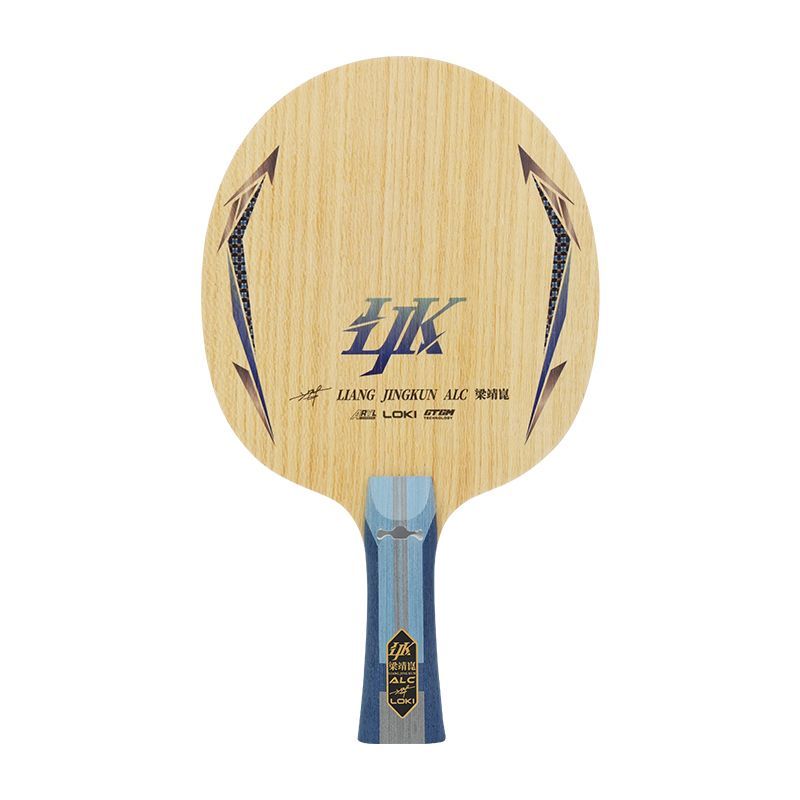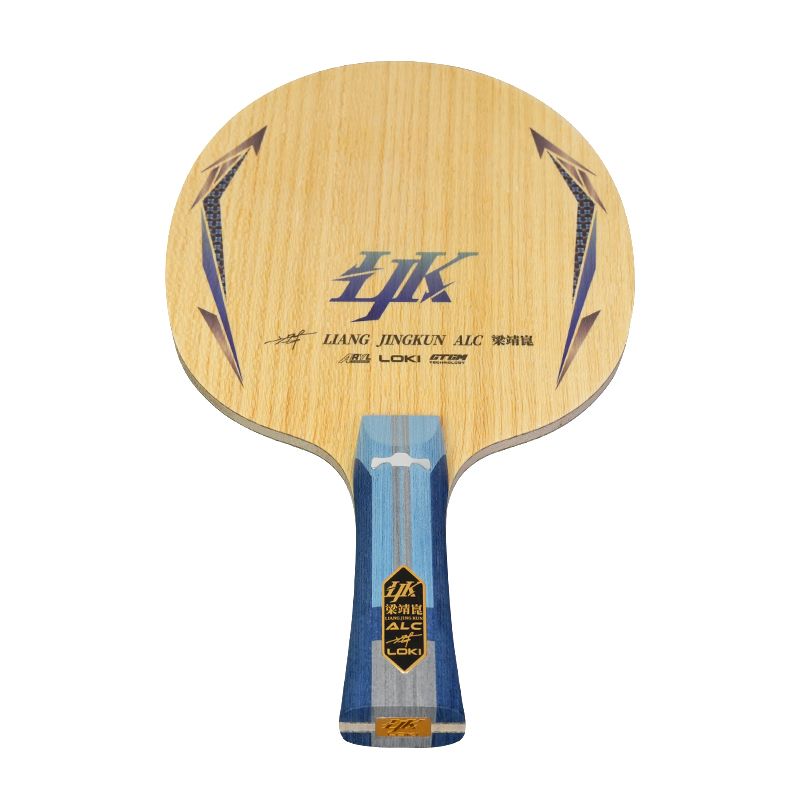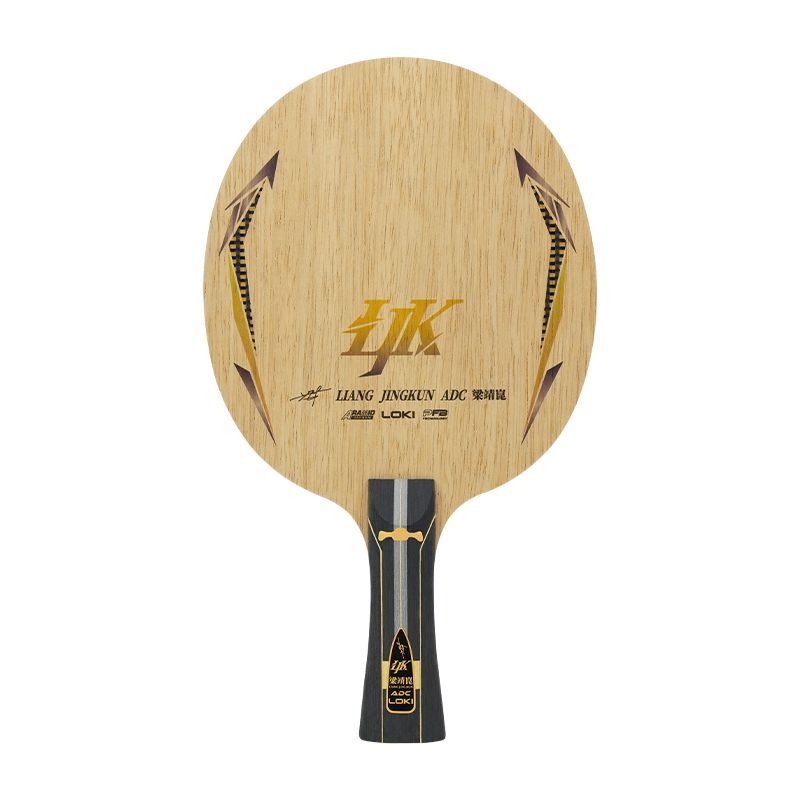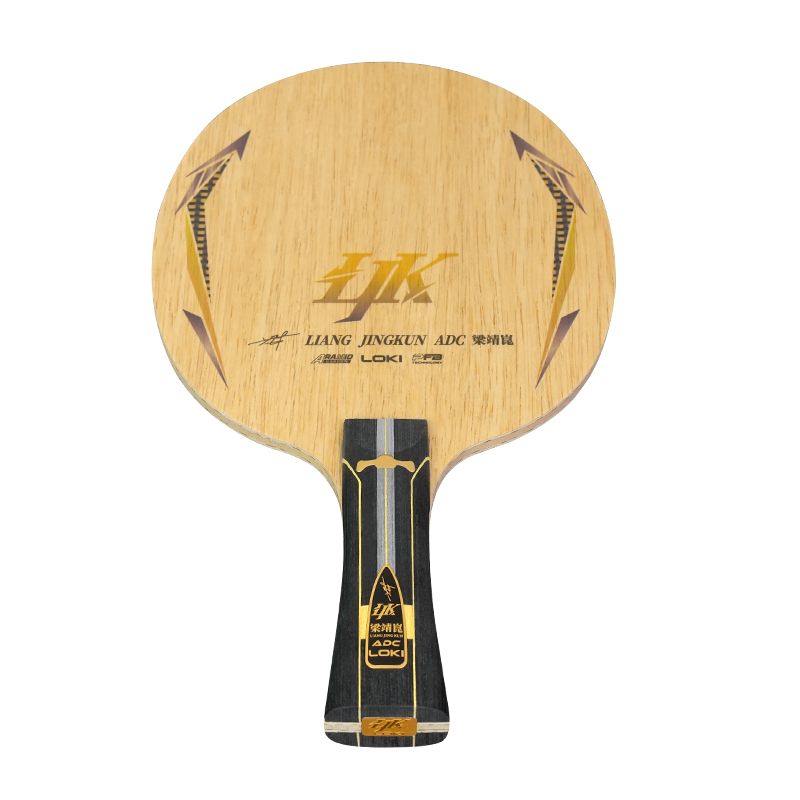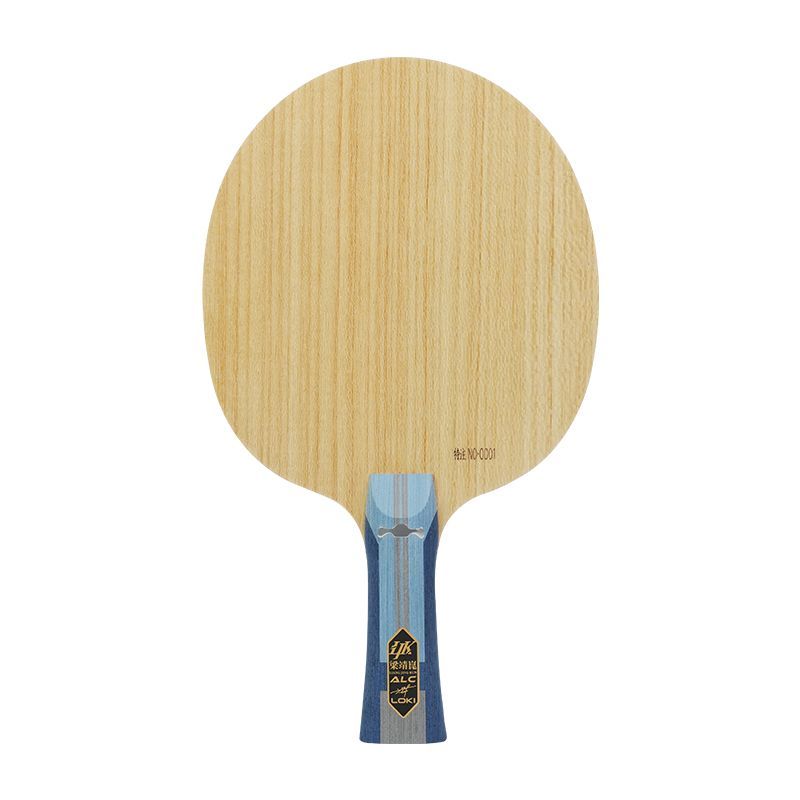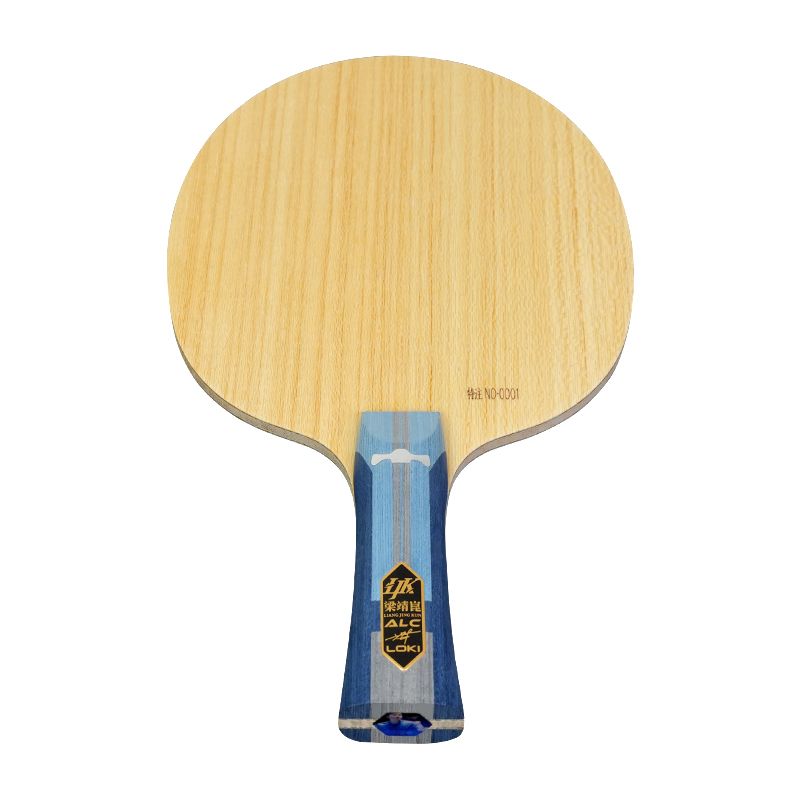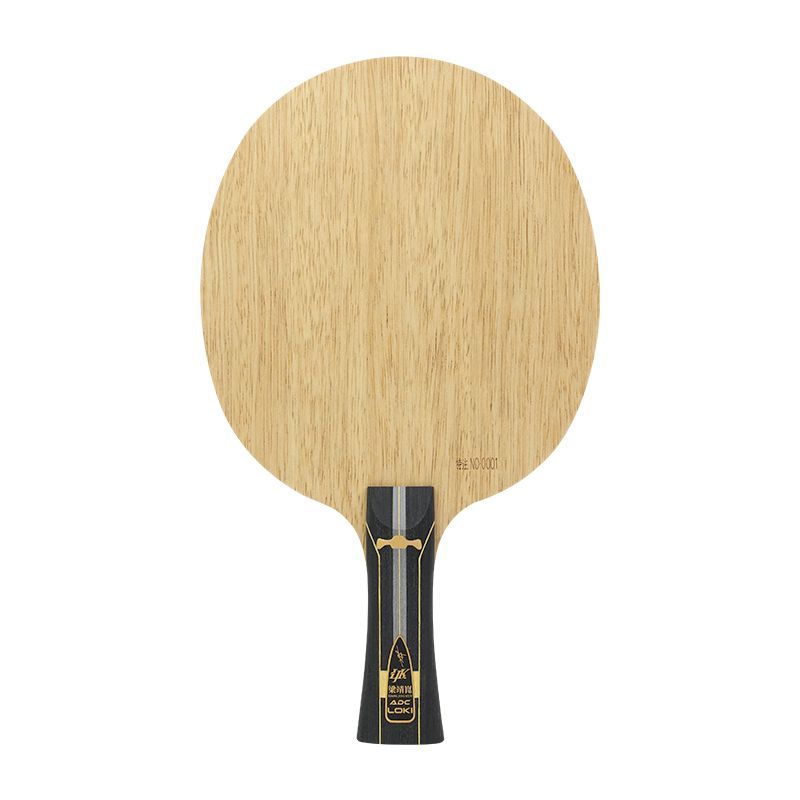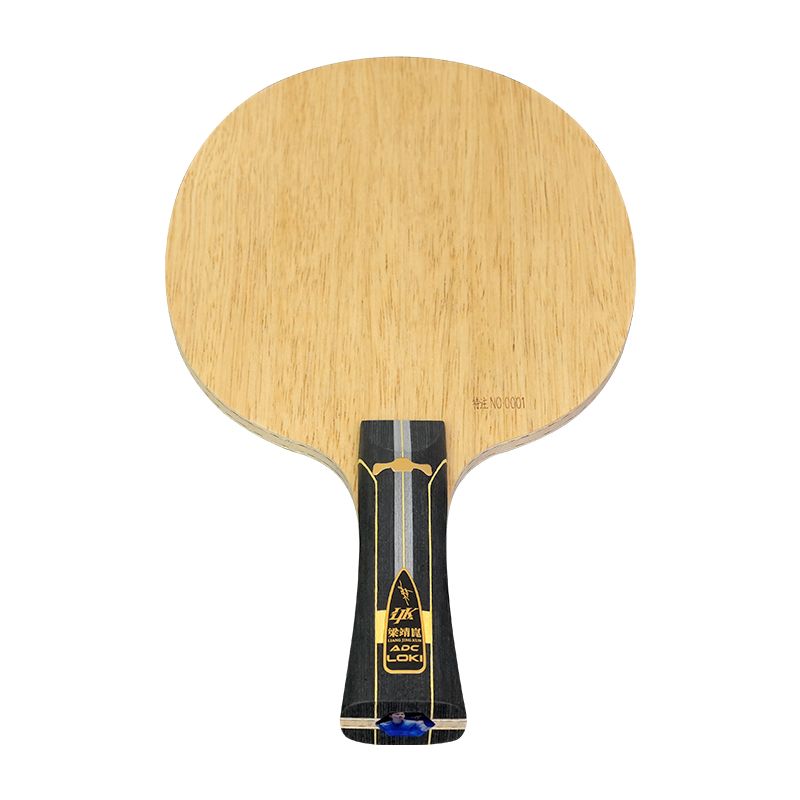Material Tuning in Table Tennis – Boosting Explained
Note: This page is for informational purposes only. We do not promote any rule-violating behavior in official competitions.
What is “Boosting”?
Boosting refers to the post-treatment of a table tennis rubber, usually with special oils or substances, to specifically enhance its playing characteristics, especially:
- a softer sponge structure,
- a stronger catapult effect,
- and significantly more dynamic behavior.
Boosting is essentially similar to what used to be done with speed glue – only now in a VOC-free, modern form.
How does boosting work technically?
A rubber consists of two main components:
- Top sheet (usually tacky or grippy)
- Sponge (in varying degrees of hardness)
Boosting involves applying an oil-based substance to the sponge side. The sponge swells slightly, leading to:
- increased elasticity,
- longer ball contact time,
- and noticeable changes in feel and power.
Many rubbers, especially those from Chinese manufacturers (e.g. dense, hard sponges), respond particularly well to boosting.
Is boosting allowed in competition?
Short answer: No.
The ITTF (International Table Tennis Federation) prohibits any post-treatment of rubbers by the player. The rules state:
"Rubbers must not be chemically or physically altered after being removed from the packaging."
The German Table Tennis Association (DTTB) also follows this regulation. Any rubber tuned after gluing is considered non-compliant. Official tournaments may conduct material checks for VOC residues or sponge alterations.
Reality in professional sport: An open secret
Despite the official ban, it's an open secret that nearly all top players use boosted rubbers. Notable practices include:
- Chinese rubbers are almost always boosted by players themselves (usually with Haifu), while the rest of the world relies mostly on factory-preboosted versions,
- or special pro versions that are not available through regular retail channels.
This practice is officially allowed because the modification occurs during production – not by the player. The result, however, is essentially the same: significantly more dynamic rubbers with enhanced performance.
Why do we still inform about it?
Many ambitious players specifically look for tunable rubbers. Our product descriptions include this information to provide:
- insight into customization potential,
- transparency regarding material behavior,
- and expert knowledge for advanced users.
We do not encourage rule-breaking. We merely point out which rubbers may be suitable for individual tuning outside of official matches.
Our position
We only sell original, legal products made directly at the LOKI factory. Any mention of "tuning capability" refers to a technical aspect of the rubber, not a recommendation for illegal use.
If you choose to use such rubbers in official competition, responsibility lies solely with you.
Conclusion
Boosting is a powerful tool for fine-tuning your equipment – but it is not permitted in official match play.
We support open, fact-based information and respect the rules of the sport. At the same time, we want to help you understand the realistic behavior of our products.
If you have any questions, feel free to contact us – we're happy to assist.







